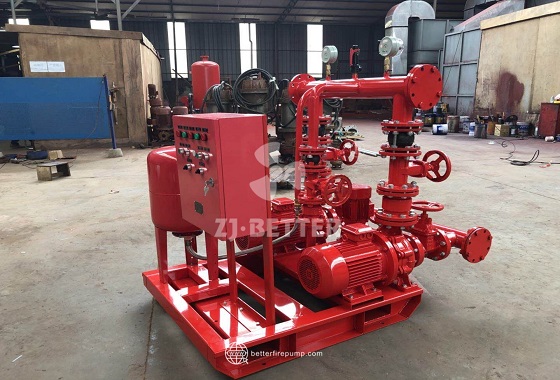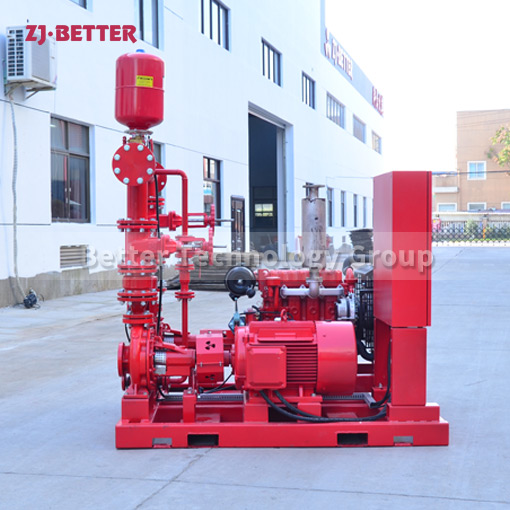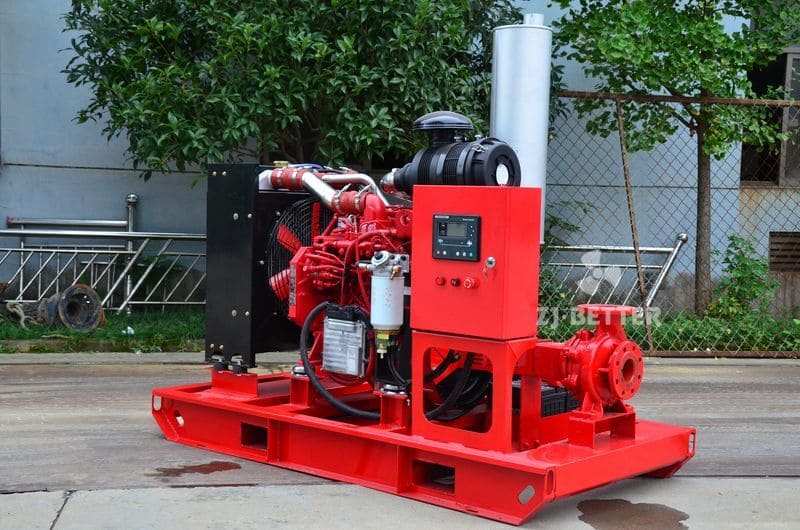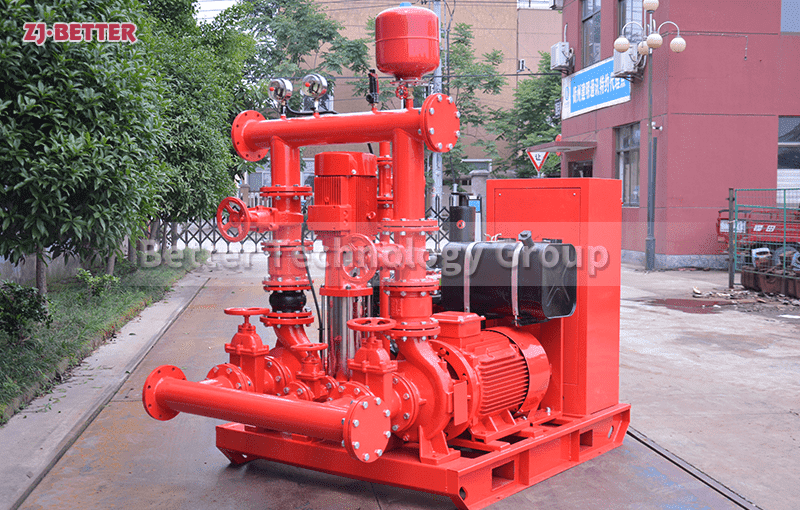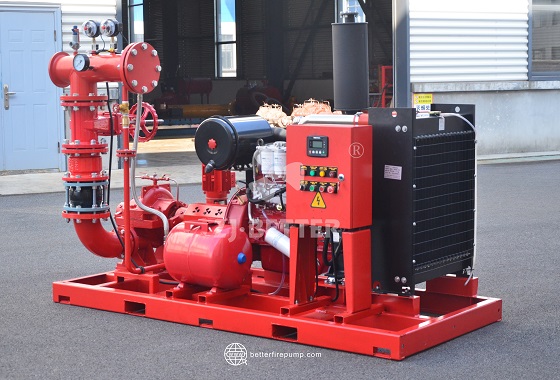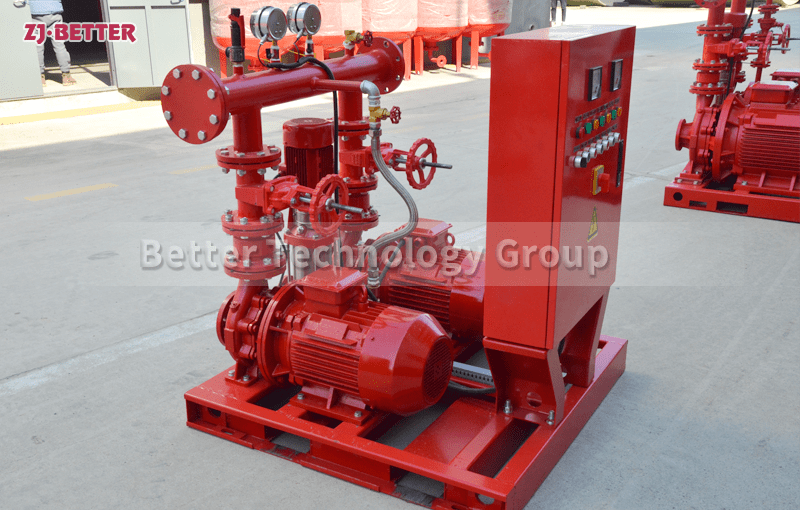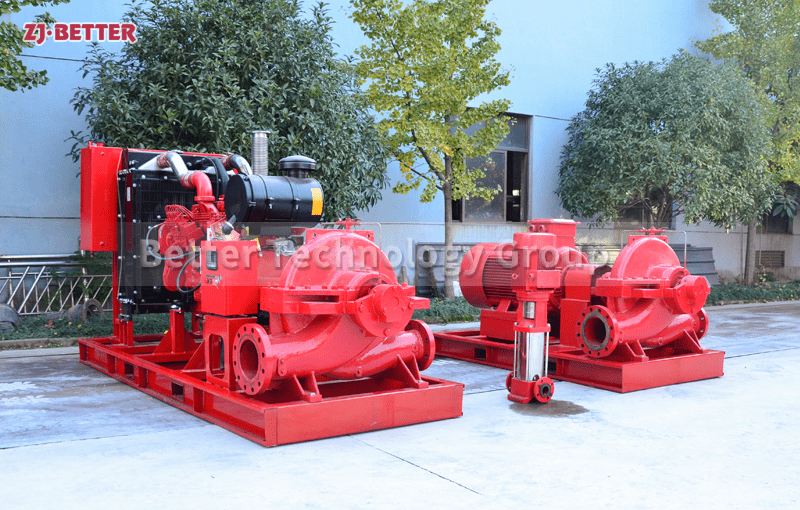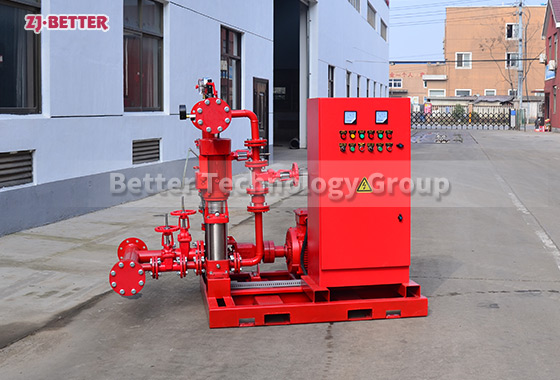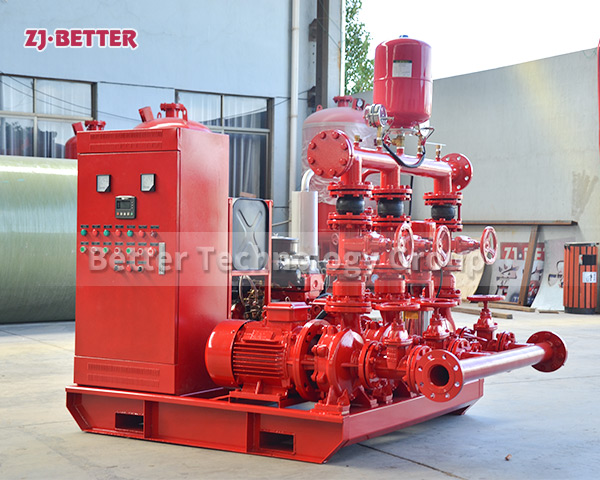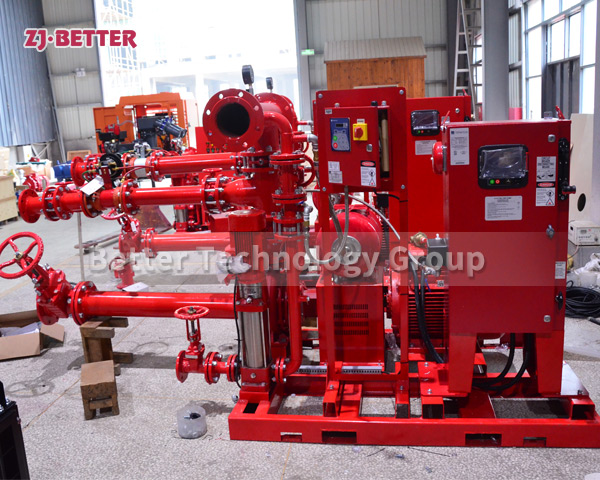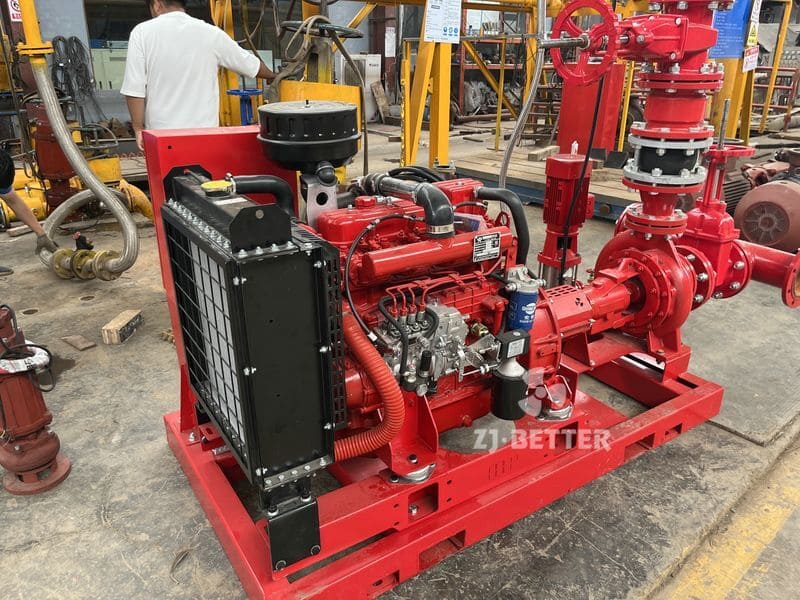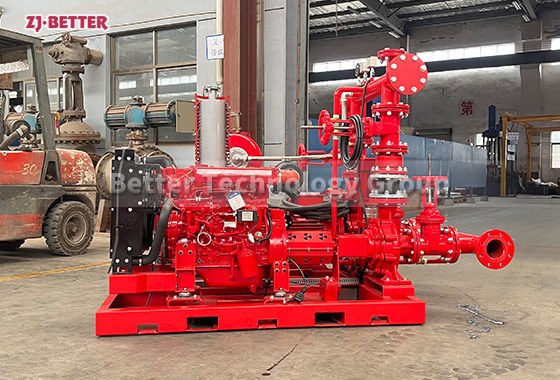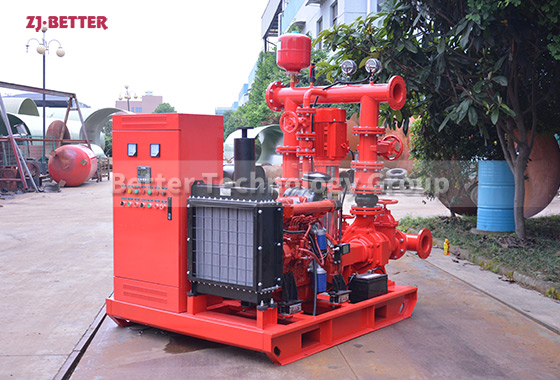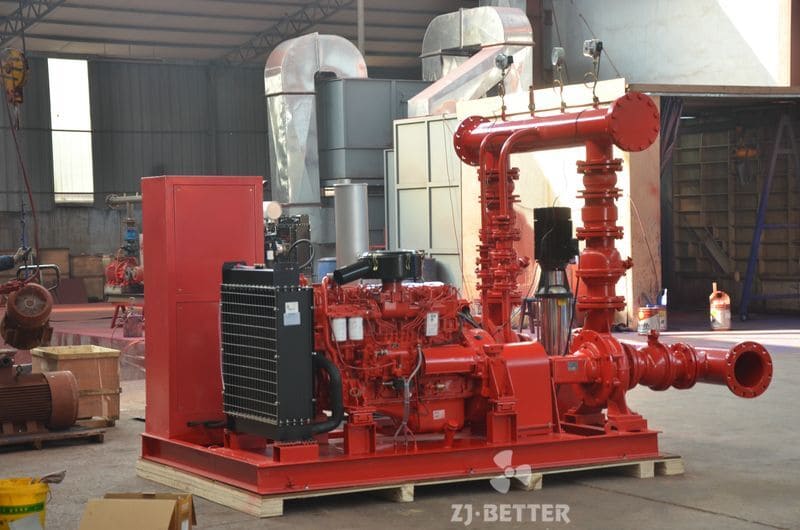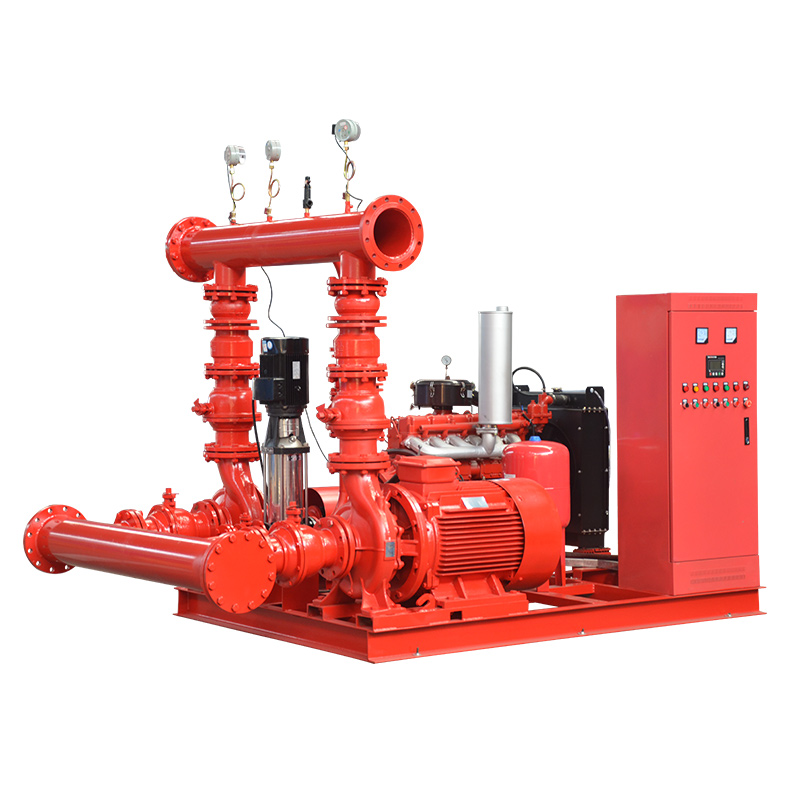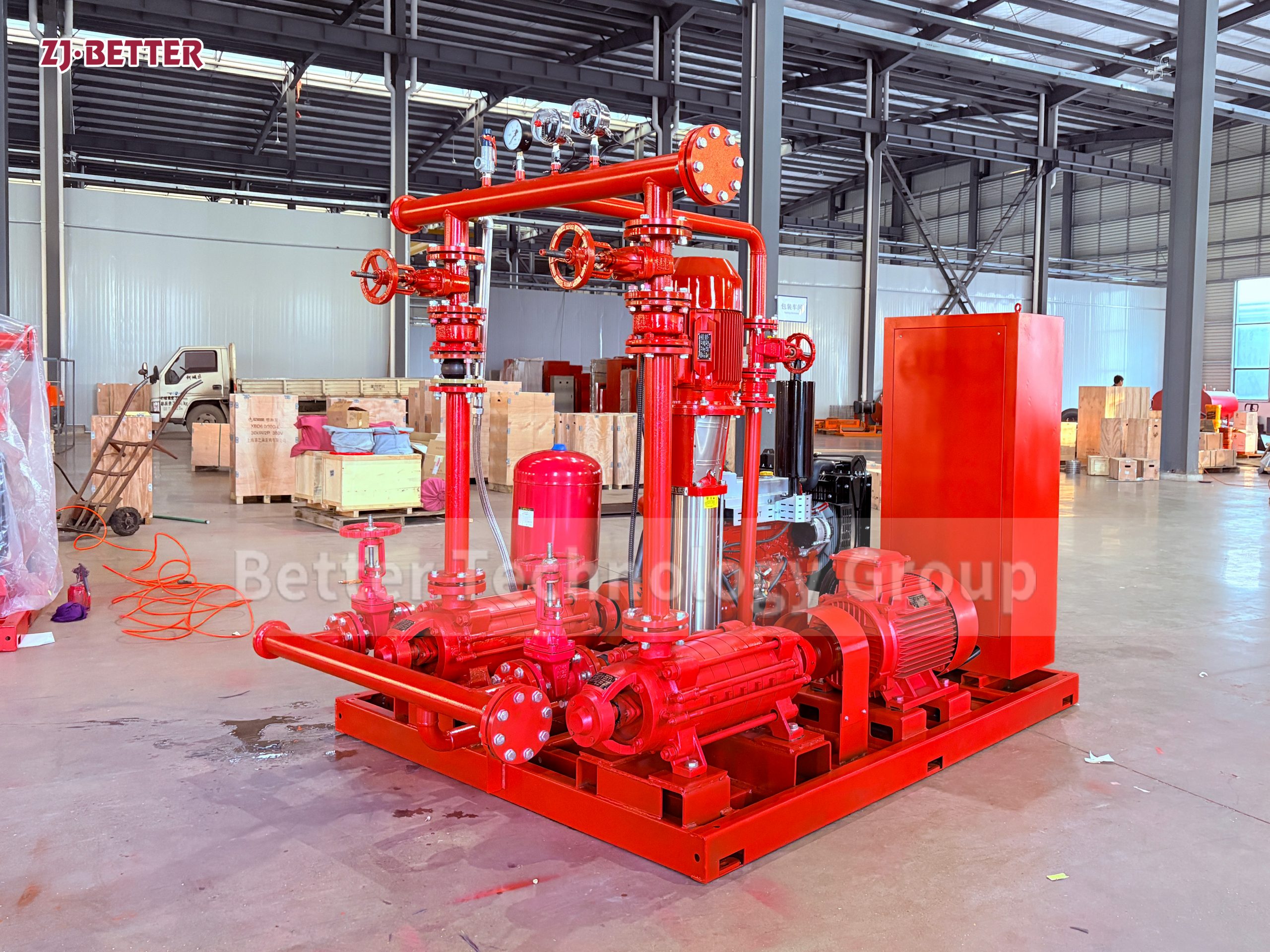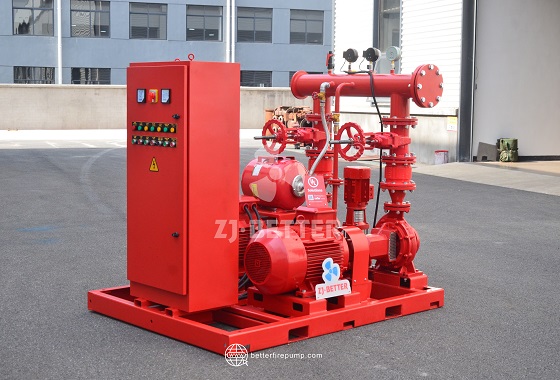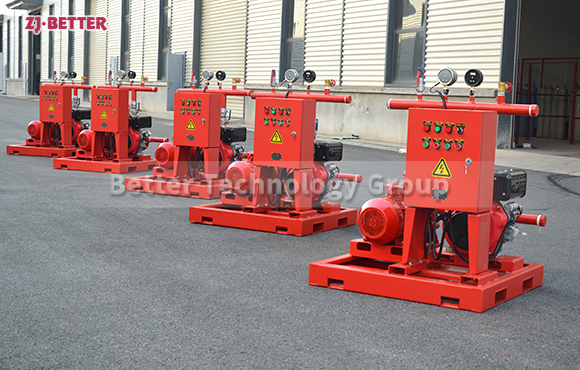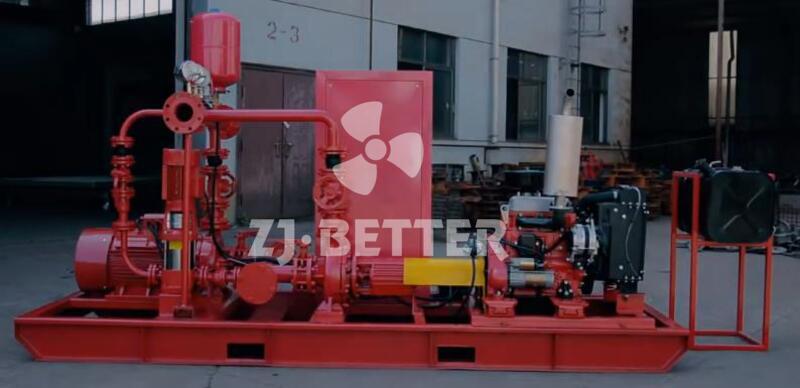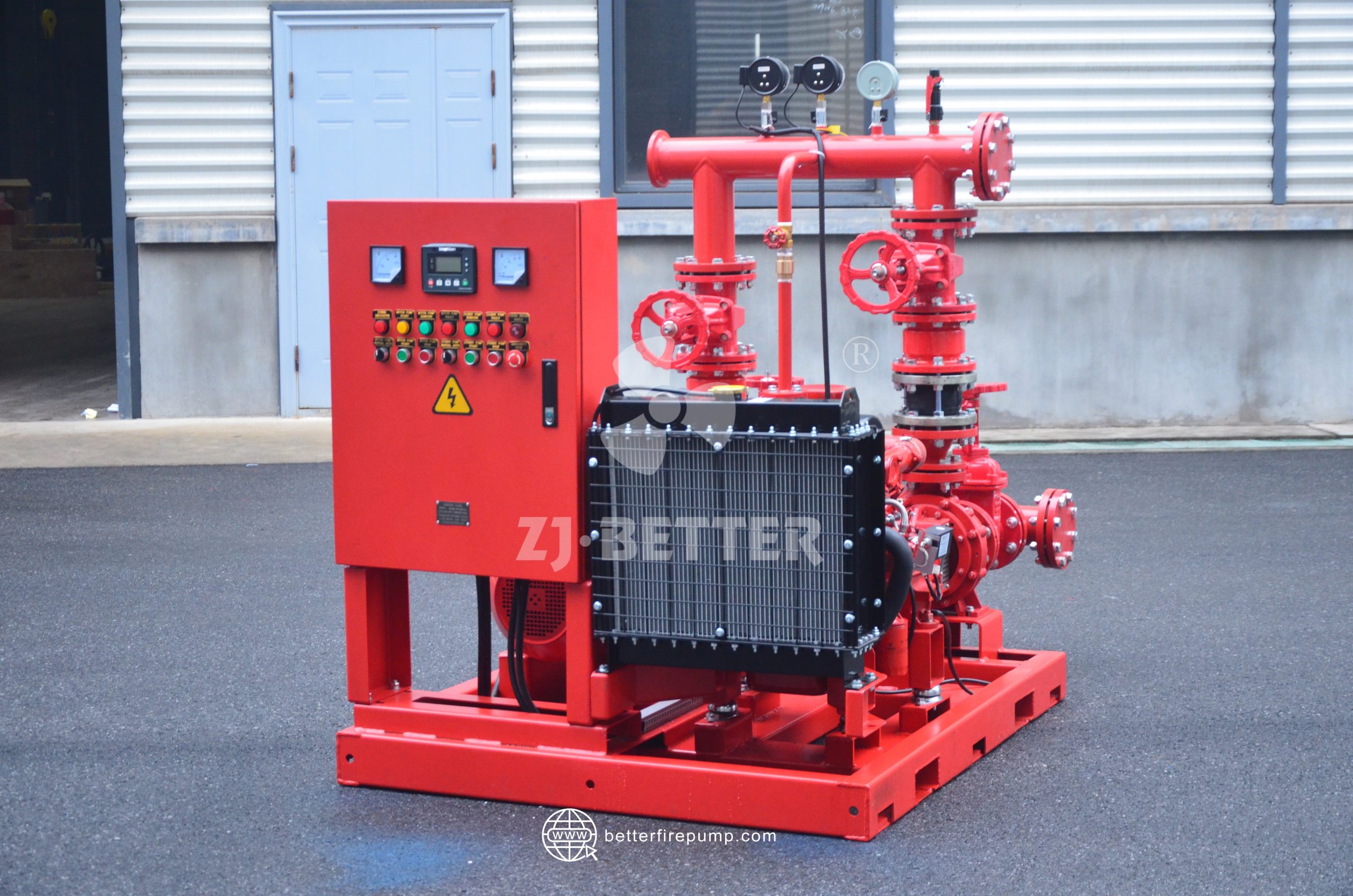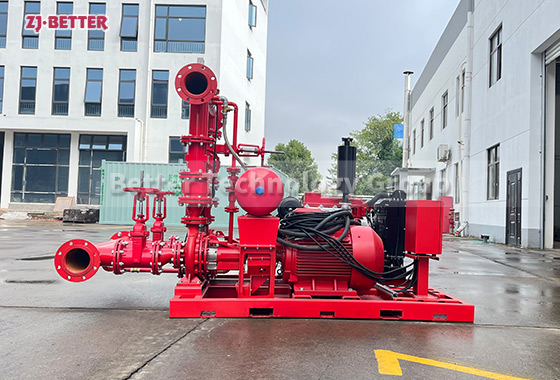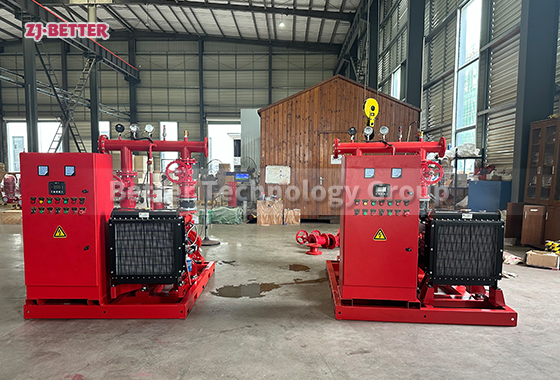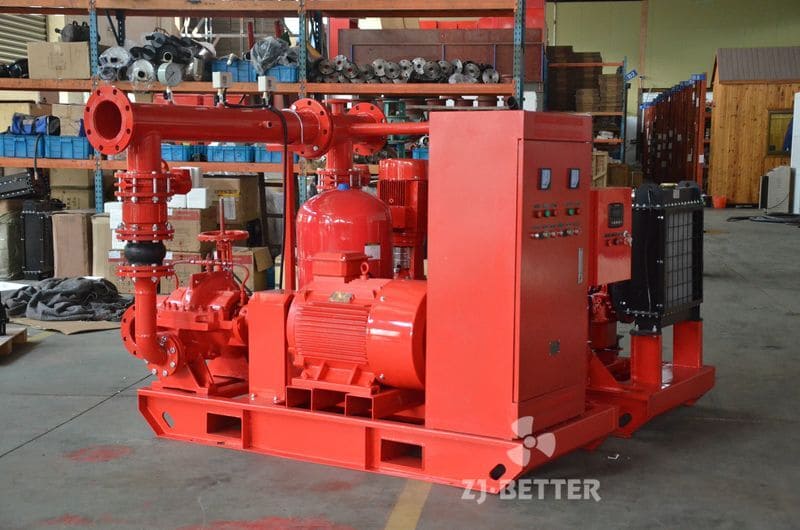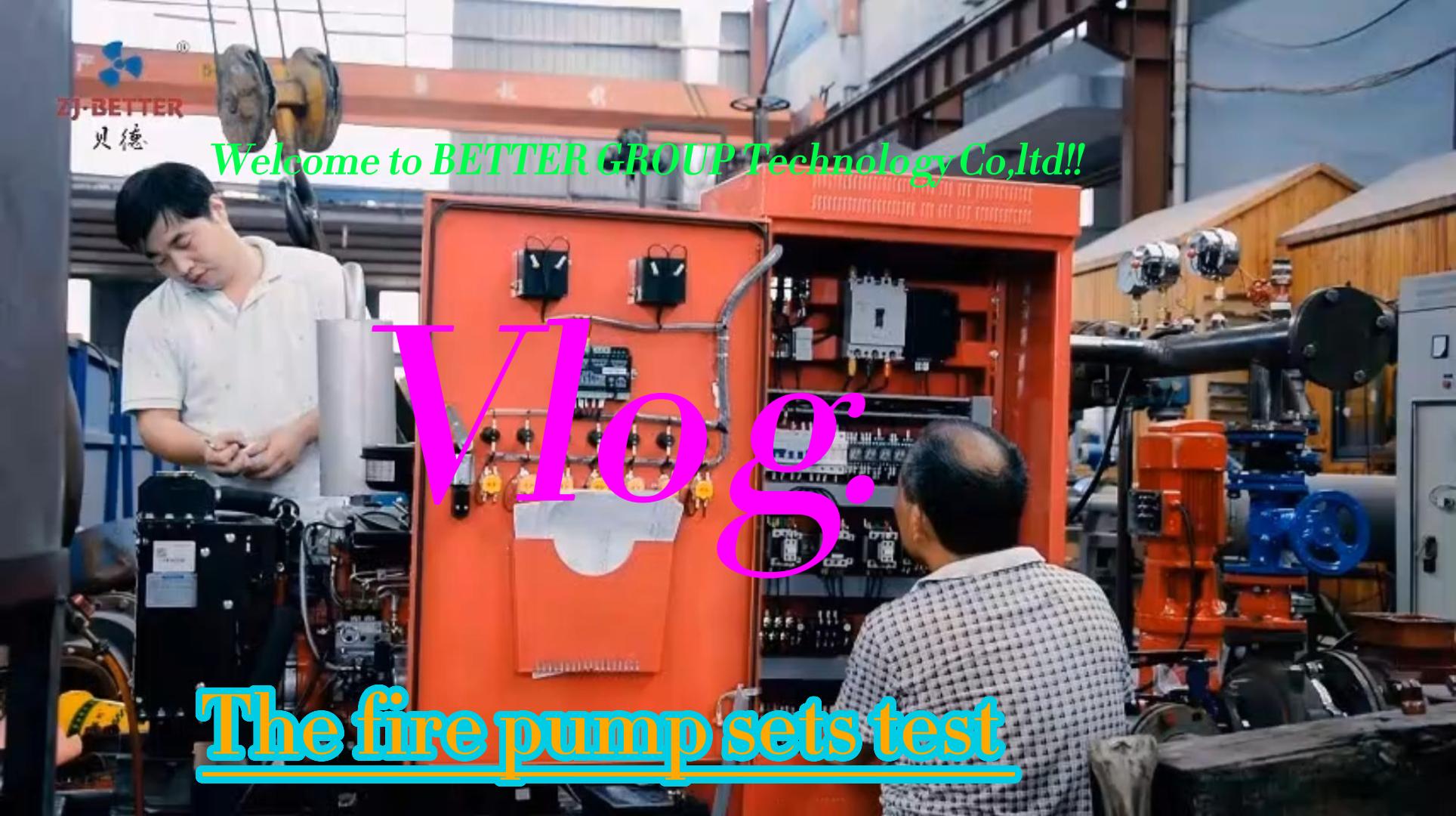
EDJ fire pump test
Fire pump set test mainly tests pressure and flow. In all pump products, pressure and flow and two extremely important parameters. Pressure determines the pumping height or water delivery height of the pump, and flow determines the hourly water output of the pump. In addition. Product power and voltage, as well as environmental testing is also essential.
The main products of the company include submersible fire pumps, urban emergency drainage pumps, diesel fire pump sets, gas top pressure fire water supply equipment, oil-water separation equipment in catering industry, tank pump integrated fire pressurization and pressure stabilization water supply equipment, B-series submersible sewage pumps, AST series special sewage pumps for building civil engineering, WQ, QW series submersible sewage pumps, ISG, IRG, IHG, isgd series vertical pipeline pumps, ISW, iswd series horizontal centrifugal pumps, DL type vertical multistage pumps GDL portable pipeline multi-stage pump, LG, LG-B portable high-rise building water supply multi-stage pump, etc. The main products of the company are in line with the high-tech fields supported by the state.

